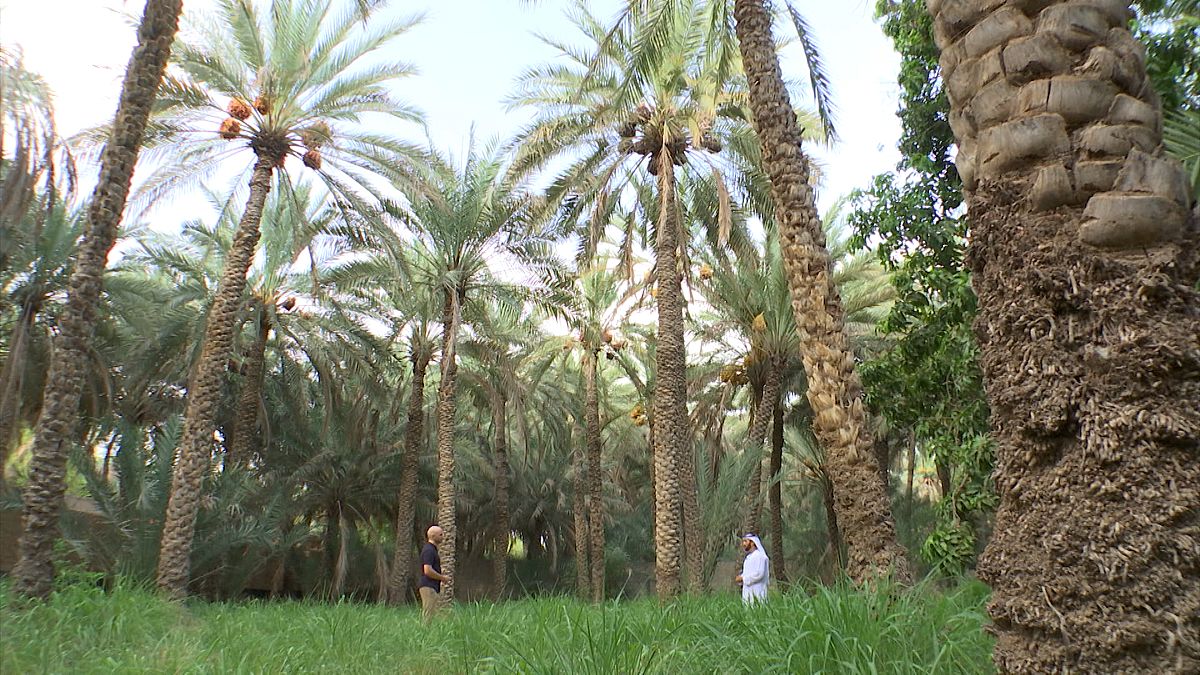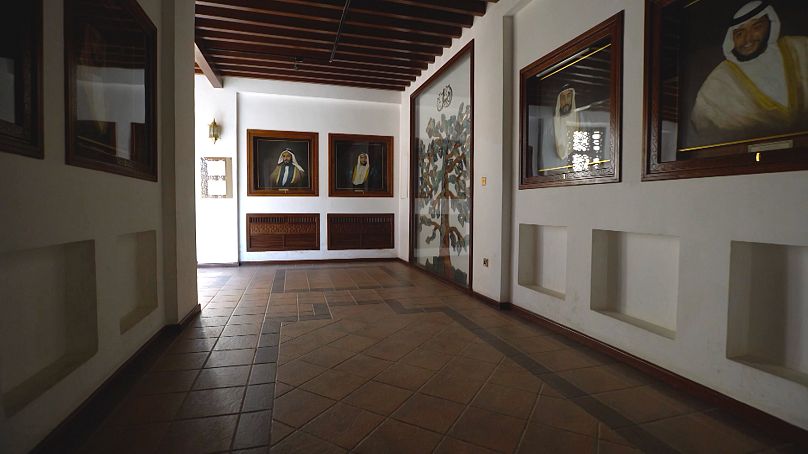The archaeological city of Al Ain is located along the north-eastern border of the Rub’ Al Khali desert in the UAE.
The archaeological city of Al Ain is located along the north-eastern border of the Rub’ Al Khali desert in the UAE.
The area, which is known as the Empty Quarter, is the world’s largest continuous sand mass.
Al Ain is more than 4,000 years-old according to Abu Dhabi's Department of Culture and Tourism, and it has one of the highest concentrations of castles and fortresses in the country.
Its structures have long stood to protect the city’s coveted water and irrigation sources, which facilitated urbanization in the area.
Beneath Al Ain’s sands, and since the 1960s, excavations have revealed a labyrinth of aqueducts.
These were originally engineered to channel water from the neighbouring mountains to inhabitants up to 15 kilometers away.
Seeds of change
This plentiful supply of water helped establish new ecosystems, land management and the Al Ain Oasis.
Today, nearly 150,000 thousand palms fringe the oasis, providing shelter for the area’s agriculture, inhabitants and waterways alike.
“Those tall trees, like palm trees, are making shade for other kinds of trees like mango, orange or fig,” says Omar Alkaabi, the Al Ain director of the Abu Dhabi Department of Culture and Tourism. “Then those [plants], are making shade to grow vegetables, or other herbs which are used to feed animals.”
Building foundations
The city’s newfound water was mixed with Al Ain sand to form the mud brick structure of the Al Muwaiji fortress in the early 20th century.
Its blocks fitted together like puzzle pieces, bound with mortar. Upon completion, the imposing structure represented the modern architecture of the time.
This new construction & design method eventually gave way to more large-scale, practical buildings in the area.
“At the beginning, there were low-scale houses. Maybe only one or two rooms, with the wall surrounding it.” Aqeel Aqeel, a building conservator with Abu Dhabi Authority for Culture and Heritage (ADACH), told Salim Essaid. “But later on, families expanded and they started to add rooms.”
Windows to the past
The extensive restoration work which has taken place at Al Muwaiji, and other structures in the Al Ain area, has seen tourists flock to local sites.
Like the reinstated Al Ain Palace, which holds antiquities relating to Abu Dhabi’s ruling family who once lived there.
Today, it stands as one of the best examples of a restored fort in Abu Dhabi, and opened its doors as a museum in 2001.
SEEN ON SOCIAL MEDIA: YOGA
Slovakian Kristina performs yoga at Al Ain Oasis.



